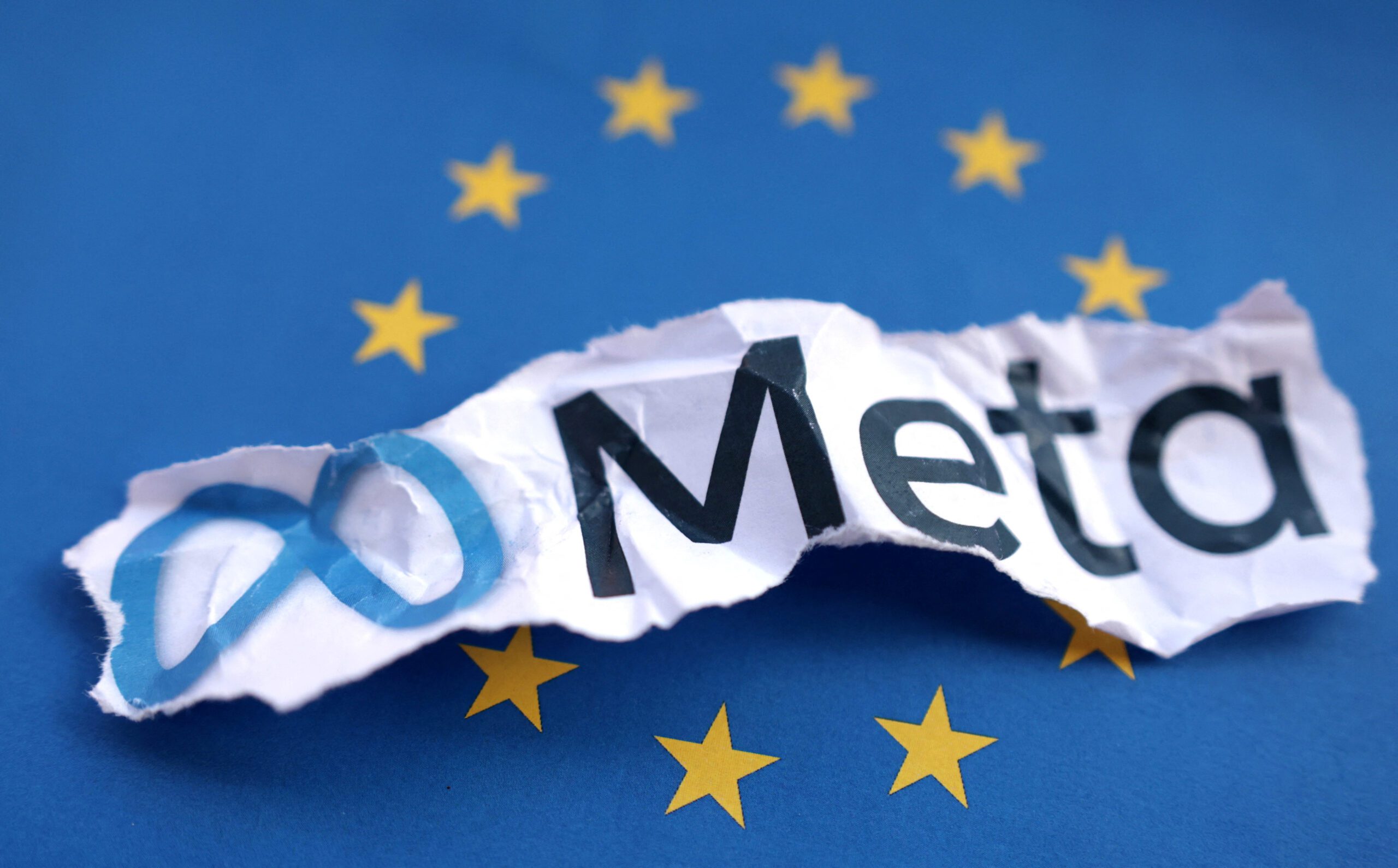In today’s competitive marketplace, a strong brand identity is essential for standing out and making a lasting impression. Brand guidelines are the blueprint for maintaining consistency and coherence across all brand communications, ensuring that your brand is easily recognizable and memorable. In this post, we’ll delve into the key components of effective brand guidelines and provide tips on creating a cohesive brand identity.
What Are Brand Guidelines?
- Define brand guidelines as a comprehensive document that outlines a brand’s visual and messaging elements.
- Explain their role in ensuring consistency across all marketing materials and platforms.
Why Brand Guidelines Matter
- Discuss how consistent branding builds trust and recognition among your audience.
- Highlight the importance of guidelines in facilitating collaboration among team members and external partners.
Brand Identity Elements
- Logo Usage: Explain the rules for logo placement, sizing, and spacing.
- Color Palette: Describe the primary and secondary colors, including HEX, RGB, and CMYK codes.
- Typography: Outline the fonts and typefaces used in various contexts, such as headlines and body text.
Visual Style
- Discuss the importance of imagery, iconography, and graphic elements in creating a consistent visual language.
- Provide examples of acceptable image styles and treatments.
Voice and Tone
- Explain how to maintain a consistent voice and tone across all written content.
- Offer guidelines on language style, including preferred terminology and phrasing.
Application Examples
- Include examples of how brand elements are applied in different contexts, such as social media posts, advertisements, and packaging.
- Discuss the importance of flexibility while adhering to guidelines.
Clarity and Usability
- Emphasize the need for clear and concise guidelines that are easy to understand and implement.
- Suggest organizing the document logically with sections and subheadings for easy navigation.
Visual Appeal
- Highlight the importance of designing the guidelines themselves to reflect the brand’s identity.
- Provide tips on using engaging layouts, visuals, and interactive elements.
Collaboration and Feedback
- Discuss the value of involving key stakeholders in the development process to ensure alignment and buy-in.
- Suggest seeking feedback from different teams to address potential challenges and improve clarity.
Training and Education
- Offer tips on training team members and partners to understand and use the guidelines effectively.
- Discuss the importance of regular workshops and refreshers to keep everyone aligned.
Monitoring and Compliance
- Introduce methods for monitoring adherence to guidelines, such as brand audits and checklists.
- Highlight the role of brand managers or custodians in ensuring compliance.
Updating Guidelines
- Explain the need for periodic reviews and updates to keep the guidelines relevant and aligned with evolving brand strategies.
- Suggest establishing a process for incorporating changes and communicating them to the team.
Conclusion: Brand guidelines are the cornerstone of a strong and cohesive brand identity. By establishing clear rules for visual and messaging elements, you can ensure consistency across all brand communications and create a memorable brand experience. Investing time and effort into developing comprehensive brand guidelines will pay off by building trust and recognition with your audience. Remember, a brand is more than just a logo; it’s the sum of all experiences people have with your company, and guidelines help shape those experiences consistently.








Leave a Reply